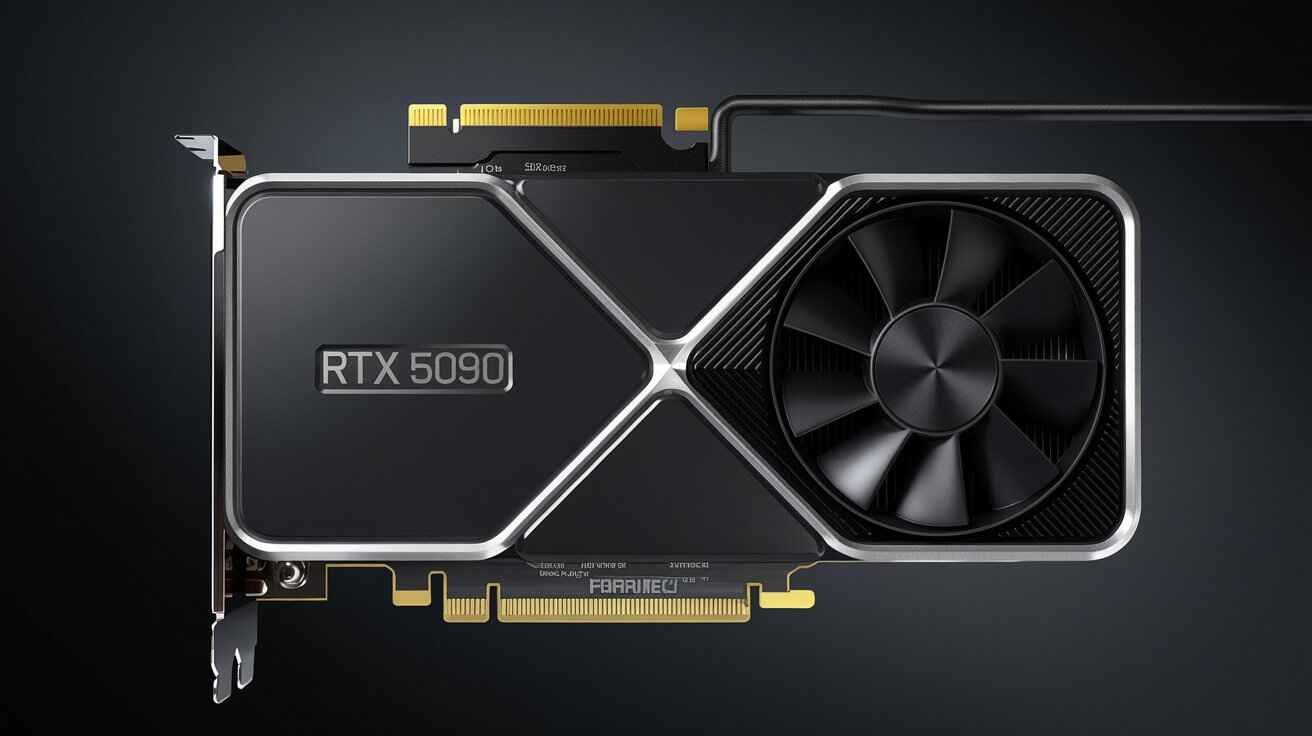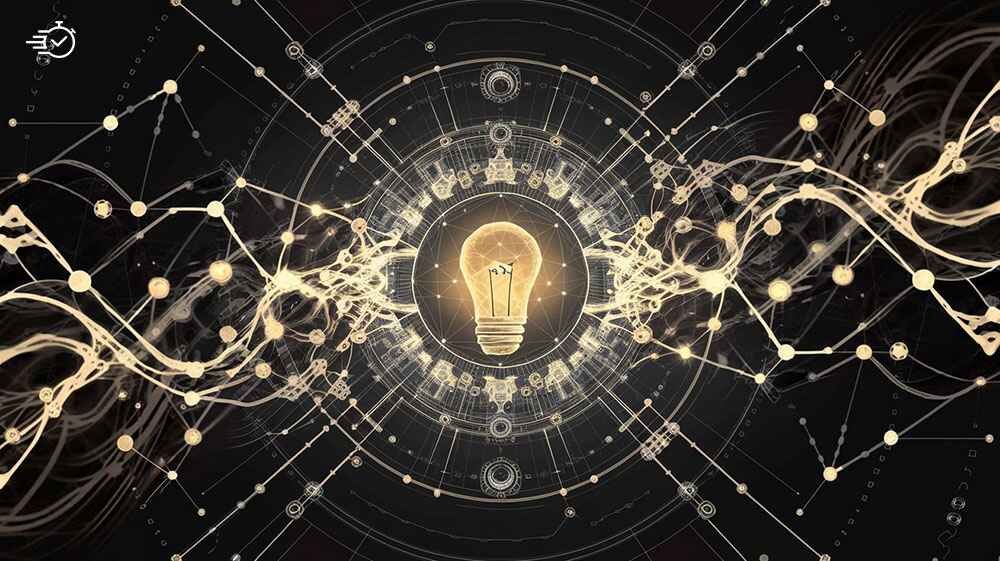As the world of PC gaming and expert computing evolves, picture cards, like the NVIDIA RTX 5090, are breaking overall performance statistics. But with all that strength comes a vital query: How many watts does the RTX 5090 eat at complete load? For customers aiming to build excessive-overall performance rigs, understanding the electricity requirements of this new GPU is crucial to ensuring clean overall performance, system sturdiness, and electricity performance. In this newsletter, we can offer you a complete guide on the RTX 5090’s strength intake, specializing in its real-world impact on your system and how you may manipulate and optimize it for long-term use.
What is the RTX 5090?
The NVIDIA RTX 5090 is the contemporary within the line of NVIDIA’s flagship RTX image cards, constructed with advanced technology for advanced gaming, content material advent, and expert workloads. It’s primarily based on NVIDIA’s Ada Lovelace architecture, which delivers higher overall performance and ray-tracing capabilities and progresses AI-better capabilities like DLSS (Deep Learning Super Sampling). This GPU is designed for gamers searching out ultra-smooth 4K and even 8K gaming studies and professionals in fields like 3D rendering, AI improvement, and video modification.
With all these advancements, the RTX 5090 needs huge energy to run smoothly and efficiently, making it one of the most strength-hungry GPUs ever launched. Understanding how much electricity this card attracts and how to control it is important for building a strong and high-acting machine.
Why Does Power Consumption Matter?
Power consumption is crucial when selecting a high-overall performance GPU like the RTX 5090. It impacts multiple aspects of your gadget:
- System Stability: Insufficient strength can cause your gadget to crash or fail besides. Your strength supply unit (PSU) ought to be able to deal with the strength draw of all of your additives, in particular your GPU.
- Energy Bills: The better the wattage, the more strength your system uses, which results in better energy costs. This will substantially affect customers running high-performance PCs for lengthy intervals, particularly experts.
- Heat Generation: A GPU that consumes more energy generates more warmth. If it is not well controlled, it will lead to thermal throttling, lowering your GPU’s overall performance and lifespan.
Understanding your GPU’s electricity intake helps ensure you’ve got the right setup to run it correctly without sacrificing overall performance or risking system failures.
Expected Power Consumption of the RTX 5090
The RTX 5090 is expected to eat around 500-600 watts at complete load, a huge boom from its predecessor, the RTX 4090, which consumes approximately 450 watts. This energy boom is especially because of the improved GPU cores, faster clock speeds, and the addition of recent functions that push the performance limits of the card.
In assessment, the RTX 5080, every other upcoming version within the collection, is rumored to require four hundred watts of strength and could feature 16GB of GDDR7 reminiscence on a 256-bit bus. This shows that Nvidia is retaining a clear performance gap between the RTX 5090 and the RTX 5080, mirroring the variations seen inside the RTX forty-collection.
While 500 watts may appear like a lot, it’s essential to recollect that high-cease GPUs, like the RTX 5090, are built for demanding obligations requiring massive computational energy. Users should plan their PC builds around this energy intake, ensuring they have a strength delivery capable of coping with the burden.
Memory and Bus Architecture
The RTX 5090 reportedly has a spectacular 32GB GDDR7 reminiscence across a 512-bit bus. This huge reminiscence allocation is anticipated to enhance its performance in disturbing obligations such as gaming, 3D rendering, and AI workloads. The improvement from previous reminiscence types displays the continued evolution of photograph technology, aiming to fulfill the growing need for cutting-edge packages.

The Importance of a Proper Power Supply
For a GPU like the RTX 5090, you want a power delivery unit (PSU) to handle each GPU’s wattage and the rest of your system’s strength needs. A standard gaming PC with an RTX 5090 will require a minimum of a thousand watts from the PSU to ensure stable performance. Different components like your CPU, motherboard, RAM, and garage gadgets also draw energy, and you must account for all these.
When deciding on a PSU for the RTX 5090, it’s also vital to recollect the efficiency rating. PSUs include numerous certifications, which include 80 Plus Bronze, Silver, Gold, and Platinum. The better the rating, the more strength-efficient the PSU is, which means much less strength is wasted as heat. A Gold or Platinum-rated PSU is usually recommended for high-strength setups like those with the RTX 5090.
Cooling and Heat Management for Power Efficiency
With power consumption comes warmness, and the RTX 5090 is no exception. Managing the heat generated via this GPU is crucial to ensuring long-term performance and fending off troubles like thermal throttling. Here are a few powerful methods to manage heat and preserve your GPU cool:
- Liquid Cooling: One of the simplest cooling solutions for excessive-electricity GPUs. Liquid cooling systems circulate coolant to absorb and expand heat away from the GPU.
- High-quit Air Cooling: If you decide upon air cooling, spend money on a high-overall performance GPU cooler with strong airflow. Ensure your PC case has exact airflow, and remember to include greater case fanatics.
- Proper Case Ventilation: Even with a terrific GPU cooler, negative ventilation in your case can result in heat buildup. Ensure your case has masses of air intake and exhaust lovers to preserve the most effective airflow.
Managing warmth efficiently now, not handiest, keeps your RTX 5090 going for walks at its exceptional; however, it additionally allows for lengthening its lifespan.
Impact of Overclocking on Power Consumption
Overclocking your GPU means pushing it beyond the default factory settings to gain greater overall performance. While overclocking can offer a noticeable boost in gaming or rendering, it also will increase the energy consumption of your RTX 5090. When overclocked, the electricity draw of the RTX 5090 can exceed 500 watts, depending on how aggressively it’s overclocked.
This delivered energy consumption generates more warmness, which could push your device to its limits if your cooling setup isn’t good enough. If you propose to overclock the RTX 5090, ensure your PSU can cope with more power and that your cooling machine is as powerful as the venture to deal with the extra heat.
How to Reduce Power Usage Without Losing Performance
Even though the RTX 5090 uses a variety of power sources, there are methods to reduce its power intake without losing excessive performance. Here are some strategies:
- Undervolting: This entails lowering the voltage furnished to the GPU while maintaining its performance. By undervolting, you may reduce energy consumption and warmth generation.
- Adjusting Power Settings: NVIDIA presents power control options for their GeForce Experience software program. You can set the GPU to “Optimal Power” mode without gaming or doing in-depth obligations to lessen power use.
- Enable Vertical Sync: When playing games, enabling V-Sync can limit the GPU’s body rate, which reduces energy usage by stopping the cardboard from overworking itself.
These guidelines assist you in balancing overall performance and strength consumption, ensuring you can use the RTX 5090 without unnecessarily increasing your energy bills.
Comparing the RTX 5090 to Previous GPU Models
Here’s a short contrast of the RTX 5090’s power intake as compared to in advance models:
- RTX 3090: 350W at complete load
- RTX 4090: 450W at full load
- RTX 5090: 500W at full load
As GPUs have become more effective, their electricity demands have increased. However, it’s well worth noting that the overall performance profits among those generations are enormous. The RTX 5090 gives higher images, quicker processing, and more capabilities than its predecessors, justifying its better electricity consumption.

What’s the Future of Power Efficiency in GPUs?
Looking in advance, the tech industry strives to make GPUs more power-efficient without sacrificing overall performance. NVIDIA and different organizations run on technology like multi-chip modules (MCMs), which cut up the GPU into smaller, extra-green devices. The intention is to gain better performance with less electricity.
For now, customers of excessive-cease GPUs like the RTX 5090 will want to prioritize energy control and efficient cooling. However, future GPUs are predicted to deliver extra performance in keeping with watt, reducing the general power burden on users.
Conclusion
The RTX 5090 represents the reducing fringe of the card era, with unrivaled electricity and overall performance. However, this comes with the value of enormous energy intake. By understanding how much electricity the RTX 5090 consumes and how to control it correctly, you can ensure that your gadget runs smoothly, stays strength-efficient, and avoids overheating. Make sure to put money into a robust PSU and effective cooling solutions to get the maximum out of your GPU, and bear in mind methods to optimize energy usage to balance overall performance and strength intake.
FAQs
How much power does the RTX 5090 use?
The RTX 5090 consumes approximately 500 watts at a complete load.
What PSU is needed for the RTX 5090?
A one thousand-watt PSU is usually recommended for systems using the RTX 5090.
Can overclocking boom strength consumption?
Overclocking the RTX 5090 can push its strength consumption above 500 watts.
Is liquid cooling important for the RTX 5090?
While now not necessary, liquid cooling is a powerful answer for dealing with the warmth generated using the RTX 5090.
Can I lessen the electricity utilization of the RTX 5090?
You can reduce power usage without losing significant performance through strategies like undervolting and adjusting energy settings.





